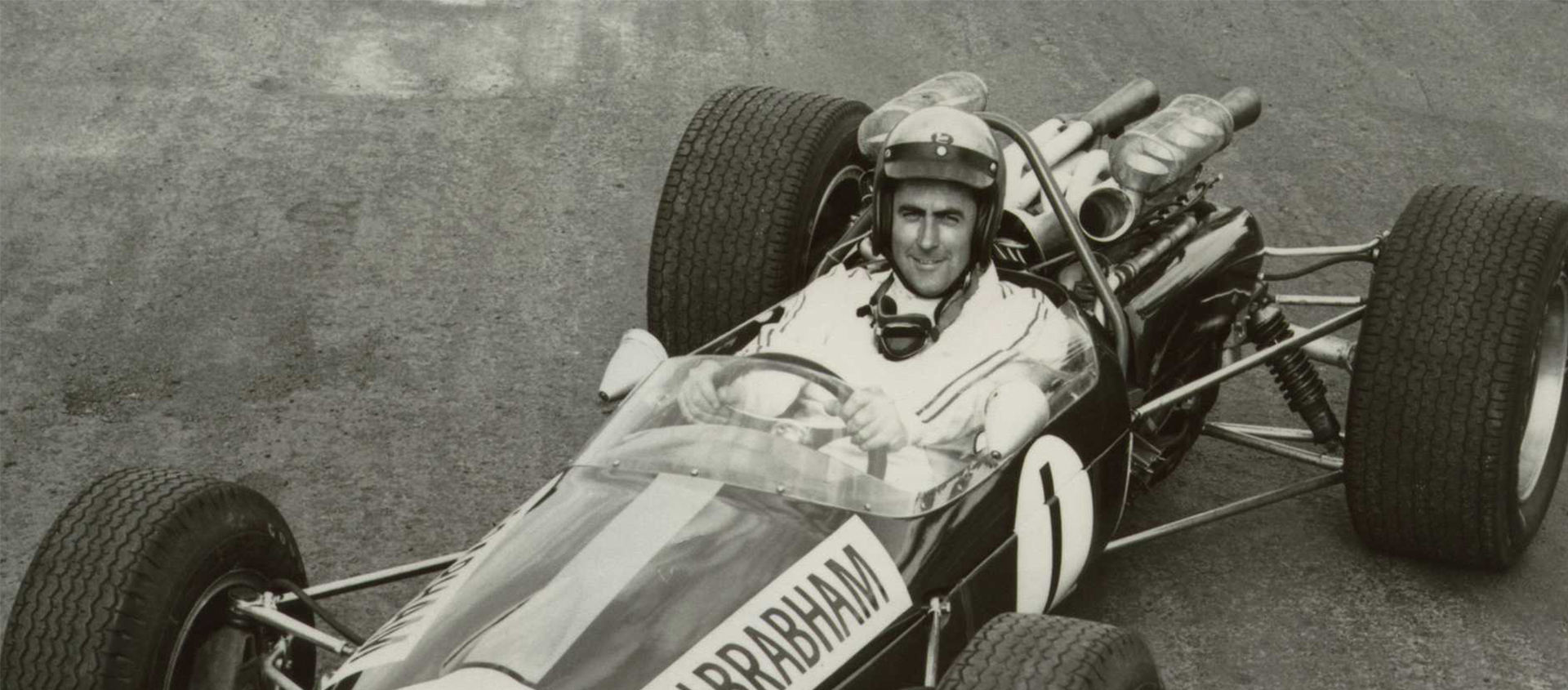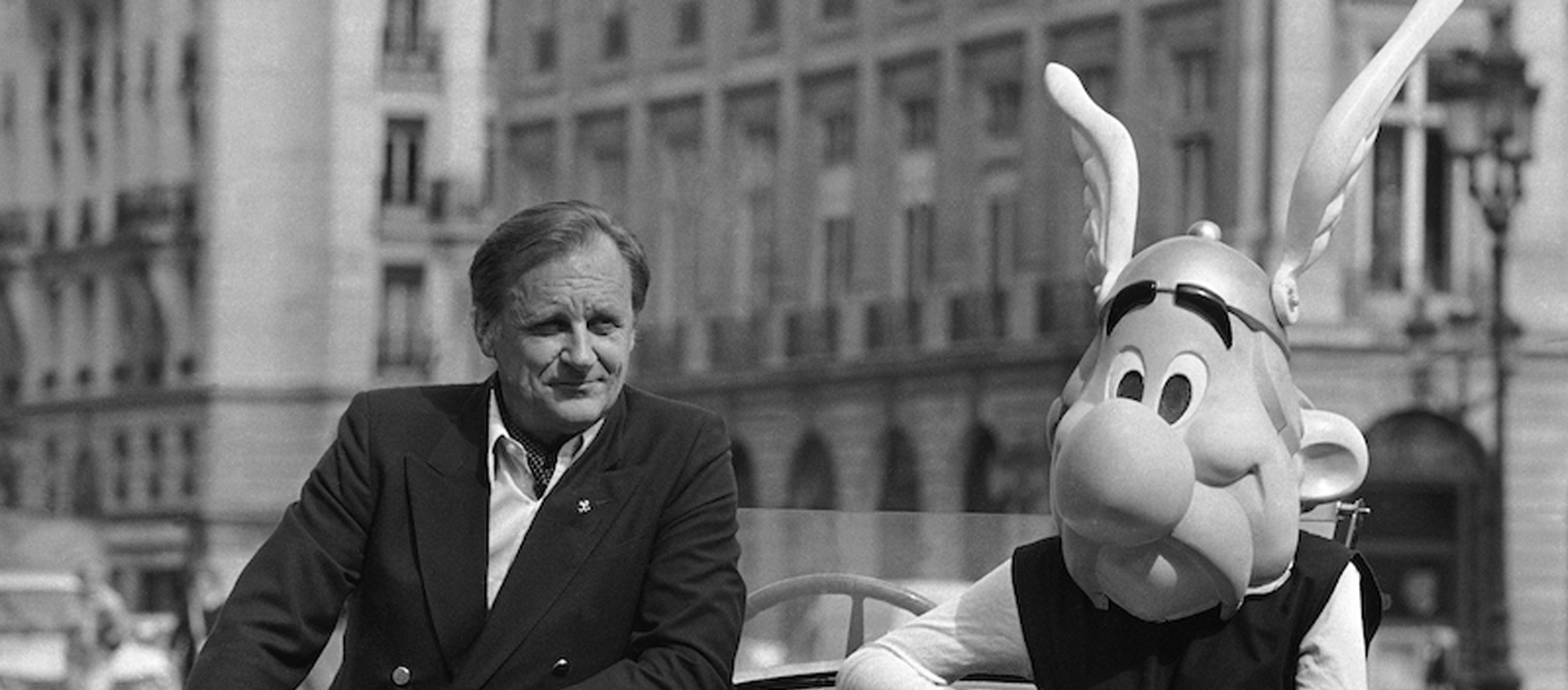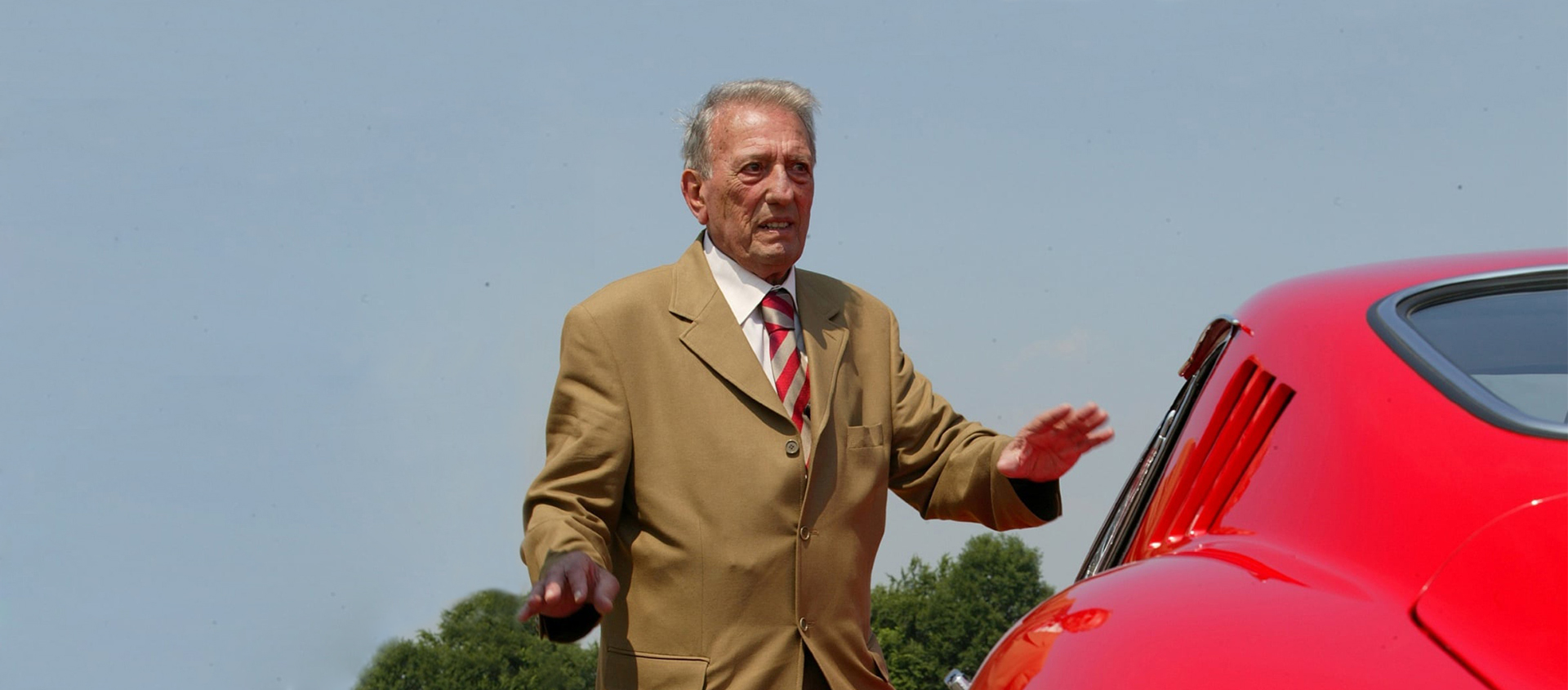Drivers becoming Constructors: Jack Brabham
26 May 2024 2 min read 3 images

Enzo Ferrari, with that air of contempt that only a real constructor can afford, called them “The English garage owners”. They went by the names of Cooper and Lotus and built Formula 1 cars with parts readily available on the market, such as engines, suspension, brakes and gearboxes, creating simple and light cars that troubled the conventional manufacturers of the likes of BRM, Vanwall, Connaught, Maserati and, of course, Ferrari. At the wheel of these diminutive machines with their rear-mounted engine layouts, new drivers brimming with talent emerged. Among these was an Australian driver named Jack Brabham, who had conquered two world titles in 1959 and 1960 with Cooper. Precise, apparently emotionless, always impeccable, Brabham had a particular sensitivity towards the car’s development, a fundamental gift for drivers of the time who did not have the luxury of today’s telemetry and gigabytes of data to analyse. Not only that: in those days the prizes were modest and the engagements somewhat tenuous. So, in 1962 Brabham combined his own skills and racing titles with the talent of one of his countrymen, the designer Ron Tauranac, and decided to become a constructor. The market was booming with a great demand for British-designed Formula 3 cars after the sad and sudden demise of the Italian Stanguellini cars who followed the old beaten path of the front engine.
Register to unlock this article
Signing up is free and gives you access to hundreds of articles and additional benefits. See what’s included in your free membership. See what's included in your free membership.
Already have an account? Log In



